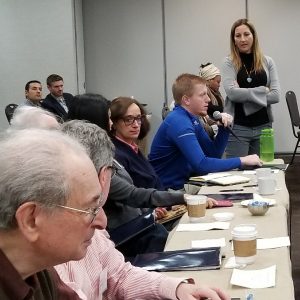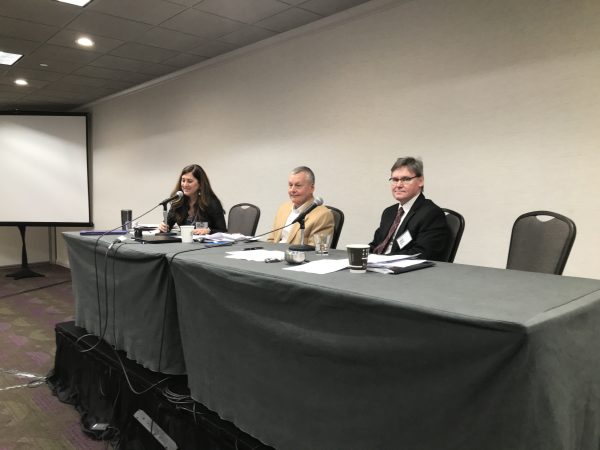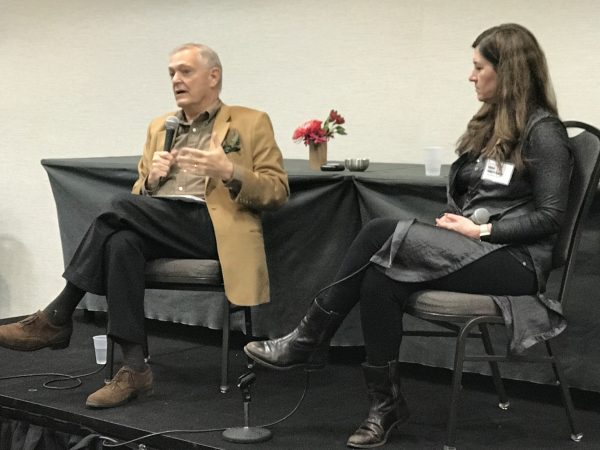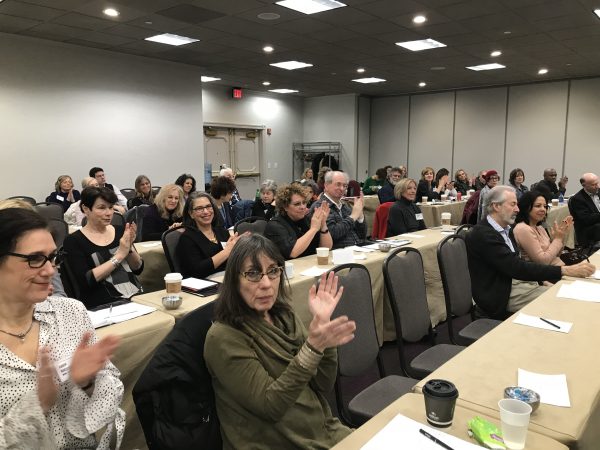Thursday Feb 1,2018
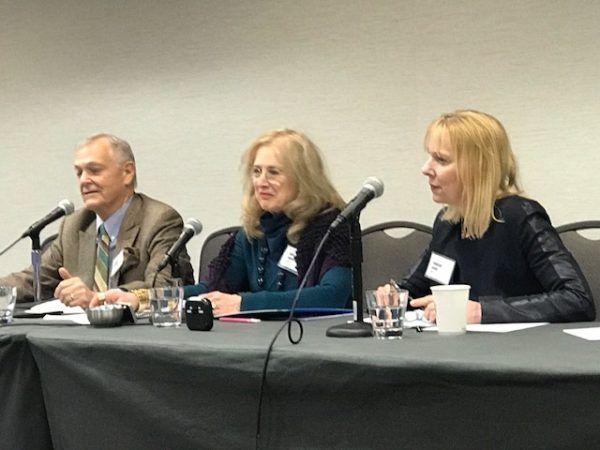
Jeanne Magagna is speaking about working with parents to help their difficult and unhappy children. Of course parents expect the child therapist to be trained in child development and parent effectiveness preparation. But no matter how well trained, the therapist cannot help the child without the parents. She NEEDS the parents to help her treat their child. Together they can build a thinking space where the parents can observe their child more fully, develop a shared narrative of their child and her role in the family, and make links from their experiences as children to their child’s life now. From there, parents at home create a daily routine review of their child’s day, and they can all explore the connections among the child’s experiences and the family history and social setting. In this way the parents build a sturdy emotional cradle in which they hold their child. Feeling secure in this loving, reflective parental cradle, the child grows in self regulation, curiosity and connectedness.
Saturday Feb 3, 2018
We heard from the Scharffs about a brief encounter with a Chinese family. The index patient was a boy who could not make any decision or speak up for his own choices, caught between the unresolved differences of his parents. We heard the therapists describe working with them in an academic setting with a translator and a large audience. They spoke about the boy’s symptom as a distillation of family dynamics and they showed how playing spontaneously with him and his sister could help the boy to find a voice. Then Li Zhen and Mary Morgan discussed the cultural context and the treatment/teaching setting. We usually think of treatment as an intensely private matter but even in this strange setting a therapeutic exchange could occur. Mary Morgan pointed to the importance of the therapists’ internal setting enabling them to relax, engage in word and play, and make a safe, containing therapy space. Li Zhen viewed this family as one that represents not just the parents’ internal conflict but also the generational conflict between grandparents who live by Confucian principles of filial piety and young people who are looking for a way to live in the new China.
Sunday Feb 4, 2018
As the discussion on settings and modalities continues, differences among various approaches are becoming clear. The therapist of an under-5 year old may usefully also do parent counseling or couple therapy with her parents. Others see this as a distortion of the frame. Some of us who begin work with a couple will see only the couple. Others will see whichever part of the couple shows up for the appointment. Those couple therapists with a family orientation may include the children (or even a newborn) for some sessions to explore the couple-as-parents, work on coalitions that replace the vital marital bond, and relive childhood experience that can inform current couple relating. Those with a couple orientation would never break the couple frame like that.
Today Rich Zeitner showed that even though we hold a firm frame for meeting with a couple, we may find ourselves doing individual therapy in the presence of the partner, a difficulty encountered when one partner is identified as mentally ill. It is as though two people are living in one person, said Leora Benioff, and Mariangela Mendes de Almeida advised attending to the theme and the affect that connects them rather than to the projections of internal object relations. Mary Morgan reminded us that a projective identification system like this exists to protect the couple from aspects of themselves that they are frightened of. Mary Morgan reminds us that therapist needs to be patient in allowing the defensive process to continue until it is no longer needed. Damian McCann responded that the modifications in the frame can be an acting out, an acting-in of the transference for subsequent analysis, or a spontaneous or surprising intervention that reflects a shift in the therapist that could release the couple from their entrapment in paranoid-schizoid functioning to depressive concern.
The take away message is that various ways of maintaining and modifying the frame can be helpful or destructive, but the main point is that the therapist needs to examine the impact of any shifts in the frame and use it for therapeutic understanding.
Final Thoughts
Another way to think about the value and meaning of a change in modality or setting is to consider it in terms of whether the therapist is expressing a defensively caretaking function or a truly adaptive containing function. We might also ask if the change made is an innovative movement forward or a regression to a traditional modality out of guilt.
There are individual, couple and family levels of organization. We can intervene at any level but we need to keep in mind what we are doing and where we are going. We want to keep a multiocular vision on individual, couple and family in any of these treatment settings.
And technical considerations aside, within the secure setting we create we are subject to unexpected external forces, liable to error, but willing to acknowledge mistakes and make reparation. We identify with our preferred settings, work from an internal setting that is firm but flexible when deviations are called for, and feel free to engage as a thinking, feeling human being.


